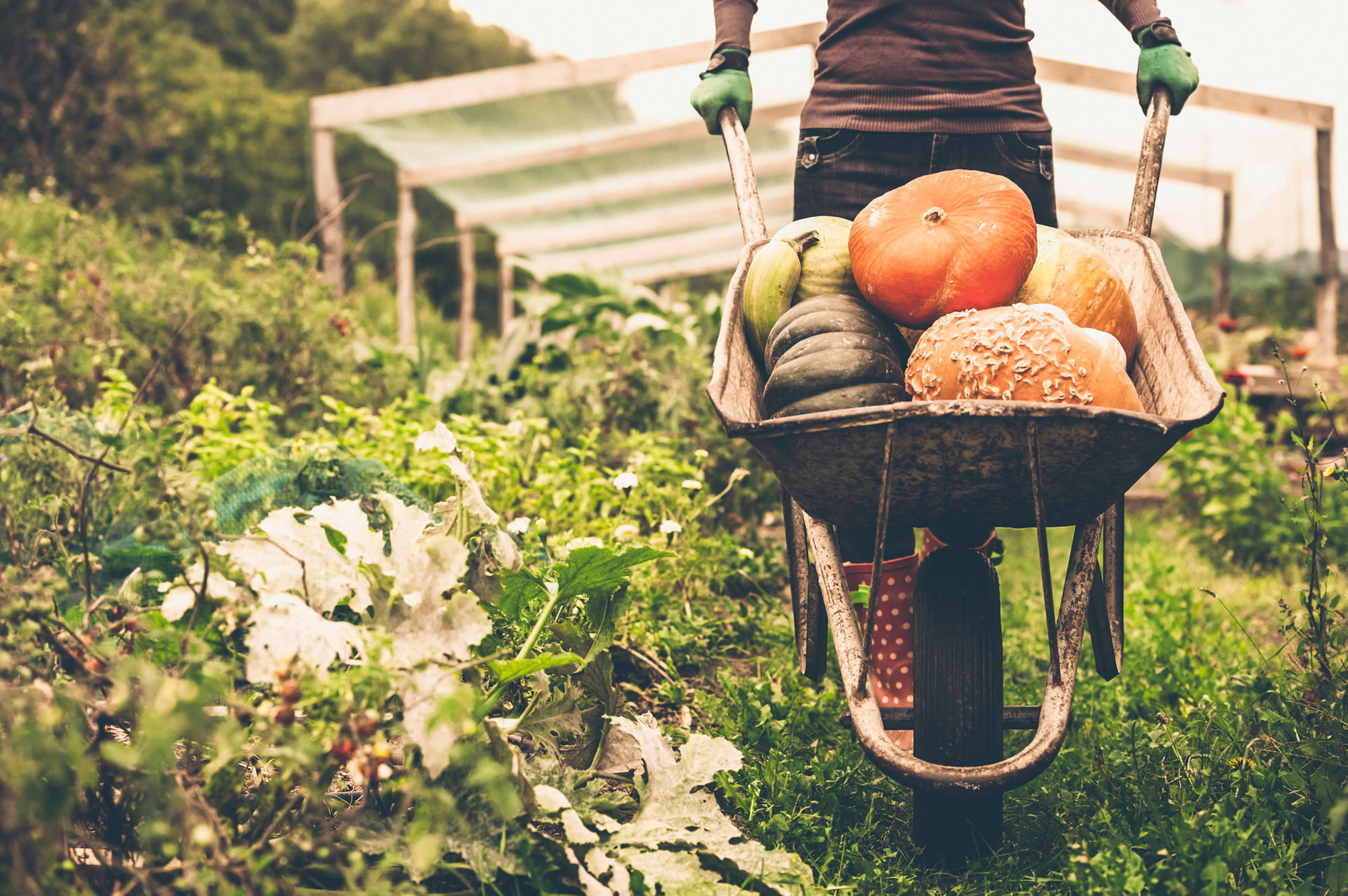Becoming self-sufficient and cooking with ingredients fresh from the garden is a dream of many. No matter where you live, it’s always possible to start and maintain vegetable garden if you’re determined enough. Working a vegetable patch is a rewarding pastime, too—honest work that puts food on your plate!
Finding the Space
First thing’s first; you need to find the right space for your vegetable garden. You only need a few square feet of land to get started, whether it’s an unused part of your back garden or a local allotment. You can even use a balcony or terrace and grow vegetables such as tomatoes, beans, radishes and peppers in large pots. The less space you have, the more productive you need your plants to be.
In a garden, look for a sunny area that is sheltered from any harsh wind to grow vegetables. This helps tall plants such as tomato plants to grow better without root disturbance. You’ll need good soil for growing veg, too, which means enriching it with compost and other organic matter.
“You must stay on top of weeding, otherwise weeds will compete with your crops for nutrients, water and sunlight.”
Start Small
It’s a good idea to make your vegetable garden small to begin with, thus ensuring you don’t grow more than you need or can manage. A 10 x 10-foot garden is enough, giving you 100 square feet of land to work with. Choose crops that are expensive to buy in the shops, such as garlic, early potatoes, shallots and mangetout. Of course, you must enjoy eating the vegetables you grow.
Achieving Results
Now you’ve taken the trouble to remove weeds, you don’t want your vegetables to be competing for food, water and light, either. You must space them correctly and pay attention to watering times and amounts. Use high-quality seeds and be sure to plant and harvest your crops at the right times. Having done all this, you can enjoy the fruits of your labor and plan next year’s garden.











